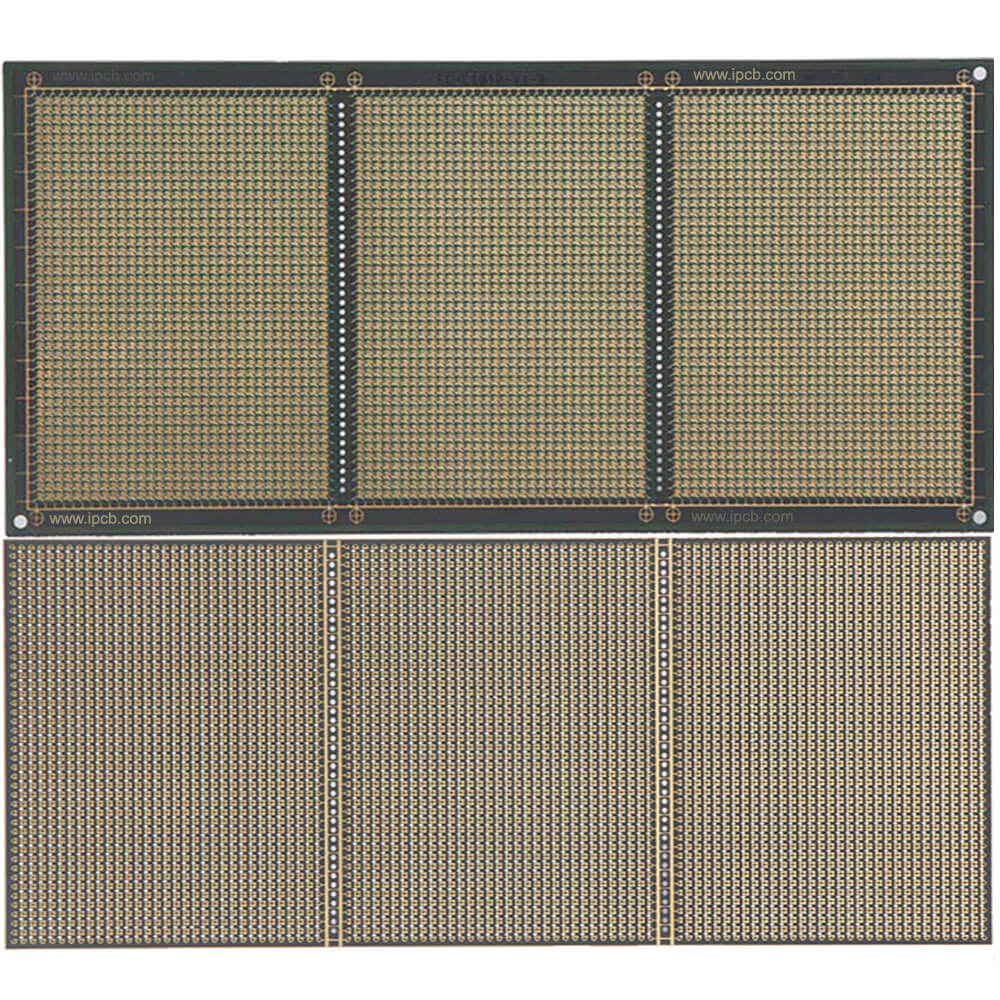The printed circuit board is a substrate for assembling electronic parts. It is a printed board that connects dots and prints components on a common base material according to a predetermined design. The main function of this product is to make various electronic components form a predetermined circuit connection, which plays the role of relay transmission. It is the key electronic interconnection of electronic products and is known as the "mother of electronic products". PCB is used as a substrate and key interconnection for electronic parts, and any electronic equipment or product needs to be equipped.

The manufacturing principle of PCB. When we open the keyboard of a general-purpose computer, we can see a piece of soft film (flexible insulating substrate), printed with silver-white (silver paste) conductive patterns and healthy bit patterns. Because the general screen printing method obtains this kind of pattern, we call this kind of printed circuit board a flexible silver paste printed circuit board. The printed circuit boards on the various computer motherboards, graphics cards, network cards, modems, sound cards and household appliances that we saw in the Computer City were different. The substrate used in it is made of paper base (usually used for single-sided) or glass cloth base (usually used for double-sided and multilayer), pre-impregnated with phenolic or epoxy resin, and the surface layer is laminated with copper-clad film on one or both sides and then laminated to cure Become. This kind of circuit board copper clad sheet material, we call it rigid board. And then make a printed circuit board, we call it a rigid printed circuit board. We call single-sided printed circuit boards with printed circuit patterns on one side, and printed circuit boards on both sides with printed circuit patterns on both sides. The printed circuit boards formed by double-sided interconnection through hole metallization are called double-sided boards. If one double-sided as the inner layer, two single-sided as the outer layer, or two double-sided as the inner layer and two single-sided as the outer layer of the printed circuit board, the positioning system and the insulating bonding material alternate together and The printed circuit board with the conductive pattern interconnected according to the design requirements becomes a four-layer or six-layer printed circuit board, also called a multilayer printed circuit board. There are now more than 100 layers of practical printed circuit boards.
PCB features six aspects: high density, high reliability, designability, manufacturability, assemblability and maintainability. Generally speaking, the more complex the functions of electronic products, the longer the loop distance, and the greater the number of contact pins, the more layers the PCB requires, such as high-end consumer electronics, information and communication products, etc.; and soft boards are mainly used for needs. Among the winding products: such as notebook computers, cameras, car meters, etc. PCB classification is divided according to the number of layers, which can be divided into single-sided board (SSB), double-sided board (DSB) and multi-layer board (MLB). According to flexibility, it can be divided into rigid printed circuit board (RPC) and flexible printed circuit board (FPC). In industry research, the PCB industry is generally subdivided into six major subdivisions: single-sided, double-sided, conventional multilayer, flexible, HDI (high-density sintered) board, and package substrate according to the basic classification of the above-mentioned PCB products. industry.